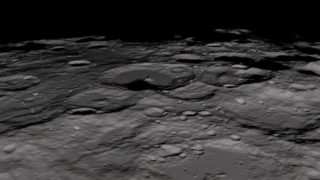
Recognition of emotions by people with autism
Emotion recognition is the process of identifying human emotions. This is something that humans do automatically but computational methodologies have also been developed. Humans show universal consistency in recognizing emotions but also show a great deal of variability between individuals in their abilities. Whether persons with autism are able to recognize human emotions as well […]








